One Brain for Your Smart Home
Why Convergence Matters Now
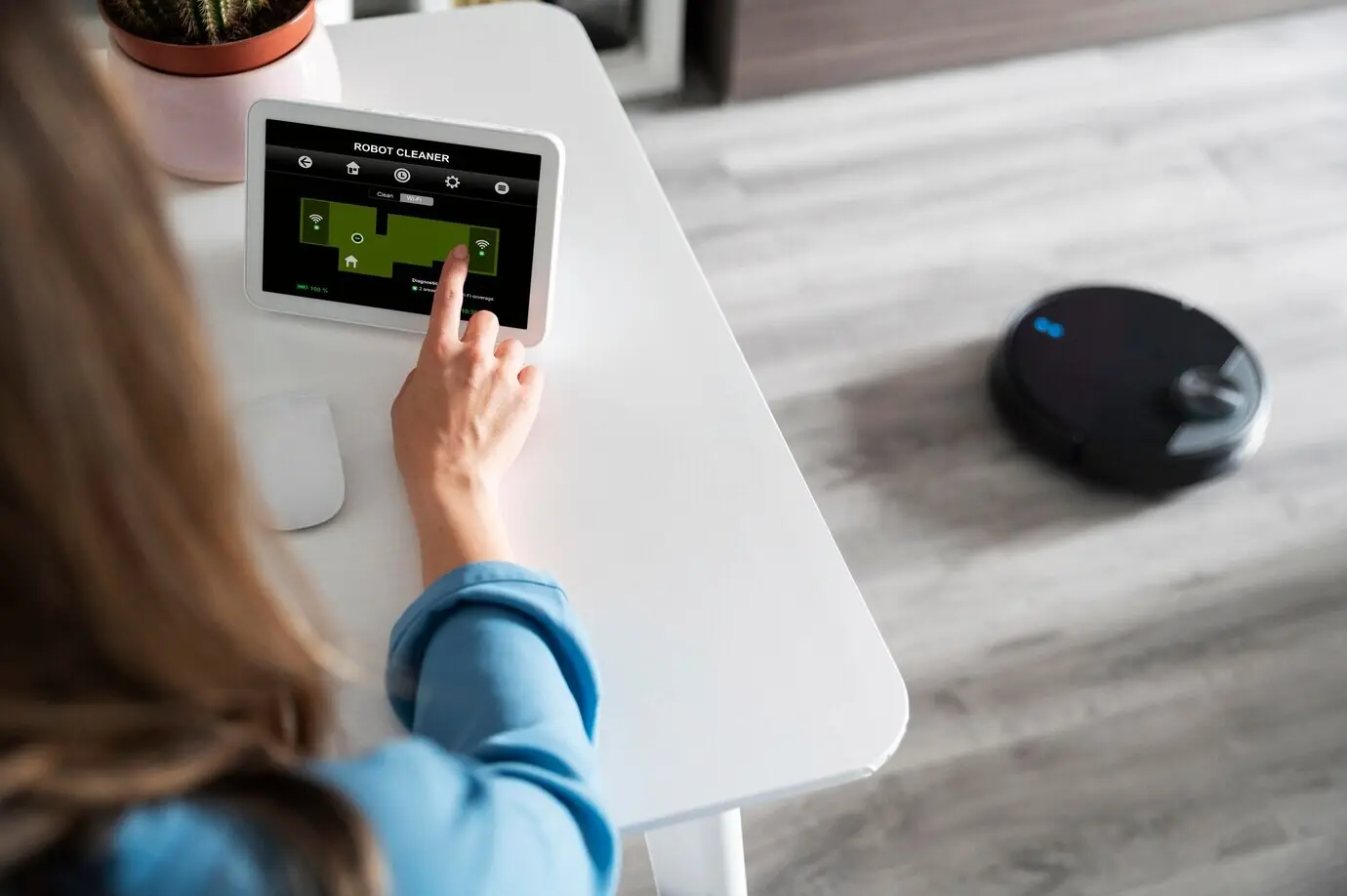
Comfort That Anticipates You
Presence sensors, geofencing, and learned schedules let rooms greet you with gentle light levels, balanced temperatures, and quiet fans exactly when needed. Circadian scenes warm in the evening, while bedrooms cool before you sleep. In one retrofit, a family reported fewer manual adjustments and a noticeable drop in late-night wakefulness once hallway lights dimmed automatically and HVAC stopped overcorrecting after doors opened.
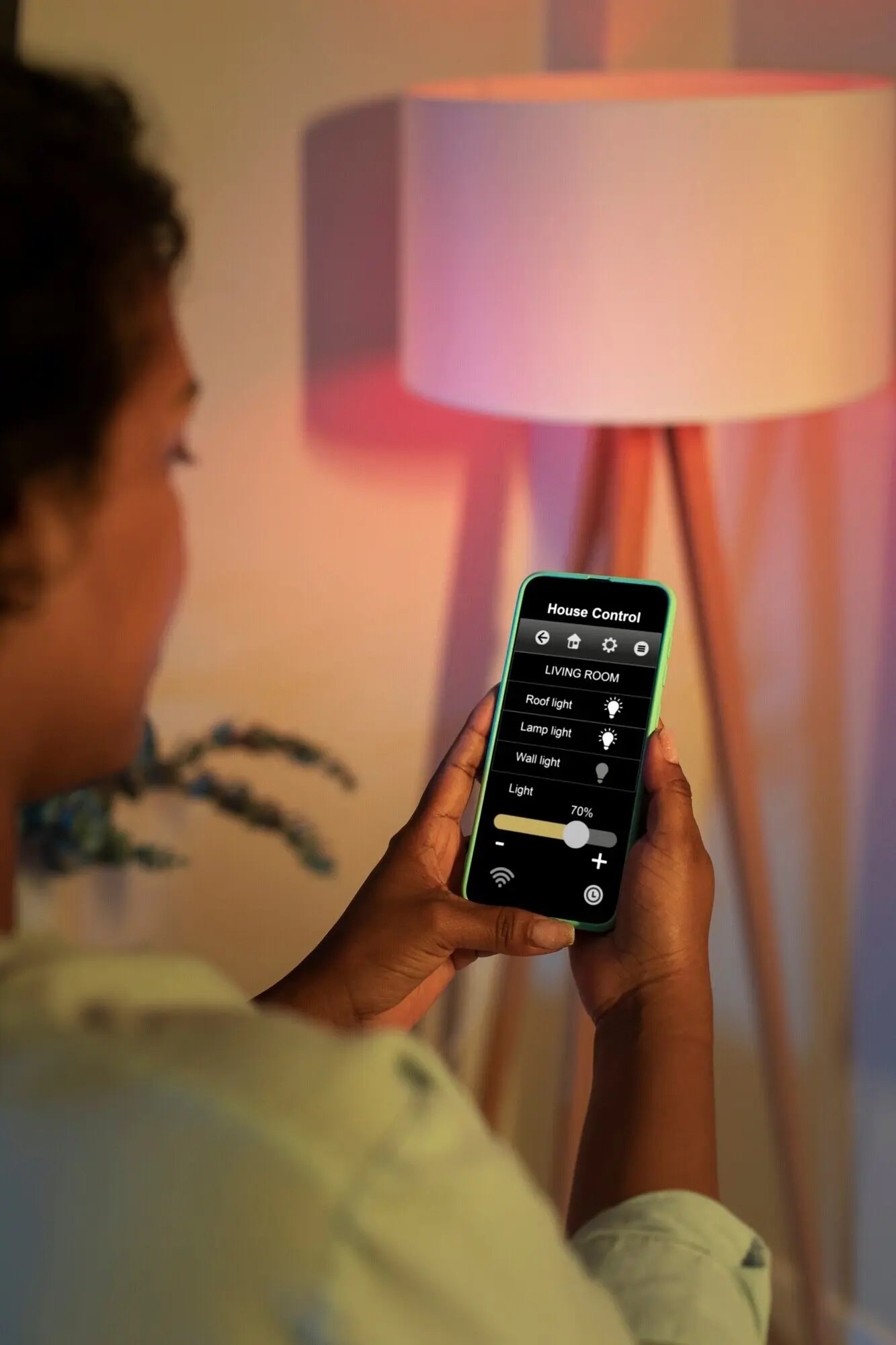
Safety Without Friction
When the doorbell camera, motion sensors, and locks cooperate with lighting and climate, security becomes calmer instead of louder. Entryway lights raise gently on detection, cameras tag events with occupancy context, and ventilation boosts only when smoke sensors demand it. One townhouse cut false alarms by coordinating pet-friendly sensors and nighttime pathways, letting kids reach the kitchen without triggering sirens or freezing the living room.

Efficiency You Can Feel
Coordinated systems shave waste by avoiding contradictory behavior: lights dim with daylight, blinds reduce heat load, and HVAC responds to actual occupancy rather than rigid schedules. In a 1960s home, integrated shading and adaptive setpoints reduced cooling runtime by eighteen percent over one summer. Granular insights in the app translate kilowatts into everyday choices, supporting comfort without sacrificing your utility bill.
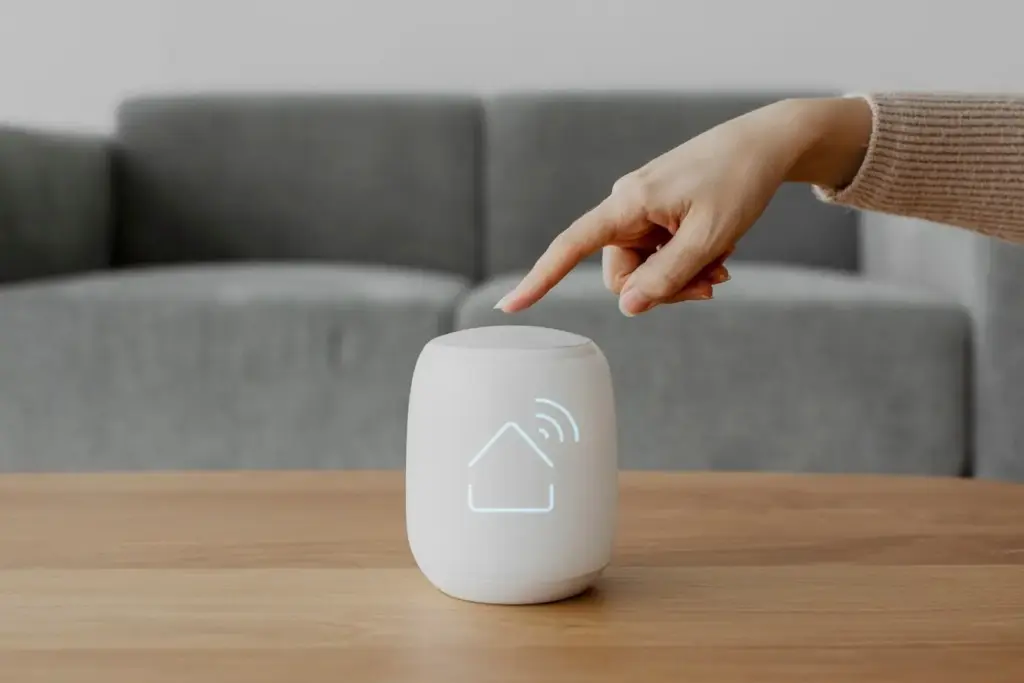
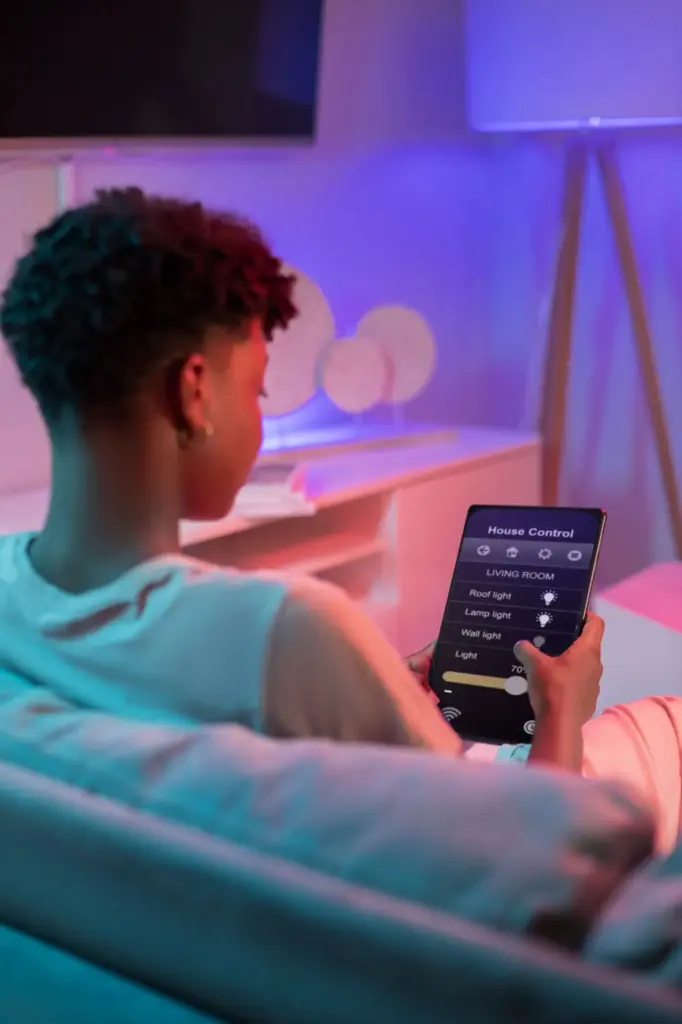
Core Architecture and Protocols
Designing Scenes and Automations
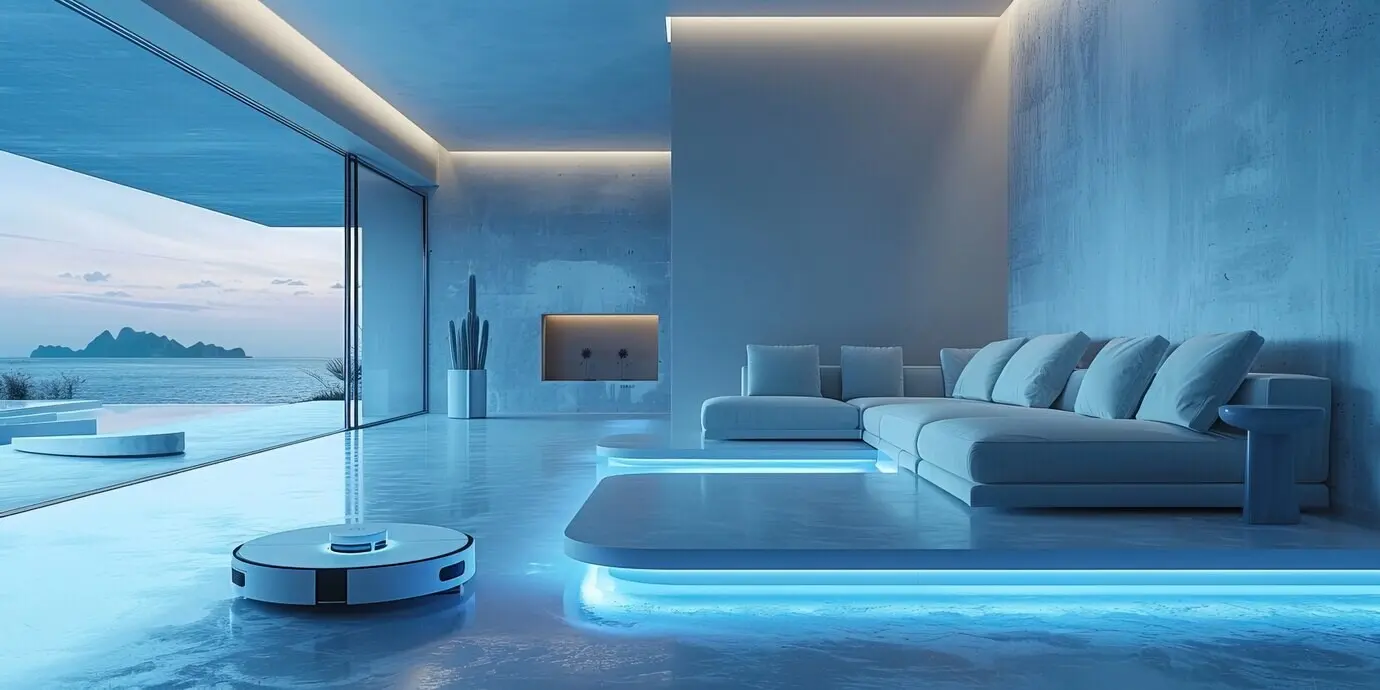
Morning to Night Routines
Start with circadian lighting that brightens cool in the morning, softens warm at dusk, and accompanies winding down. Pair temperature set-backs with occupancy so rooms precondition before use, not after. Nighttime paths can glow low and safe, while security arms exterior zones. Families report smoother mornings when coffee lights, blinds, and HVAC collaborate, reducing chatter from apps and getting everyone out the door on time.

Away and Vacation Modes
When nobody’s home, the house should protect itself and save resources without feeling empty. Simulated occupancy shifts lights unpredictably within windows, shades vary positions, and thermostats relax intelligently while safeguarding pets and plants. Cameras record with context, distinguishing cleaners or dog walkers from unknown visitors. A weekly email summary can surface anomalies, helping you adjust rules remotely without micromanaging or creating brittle exceptions everywhere.
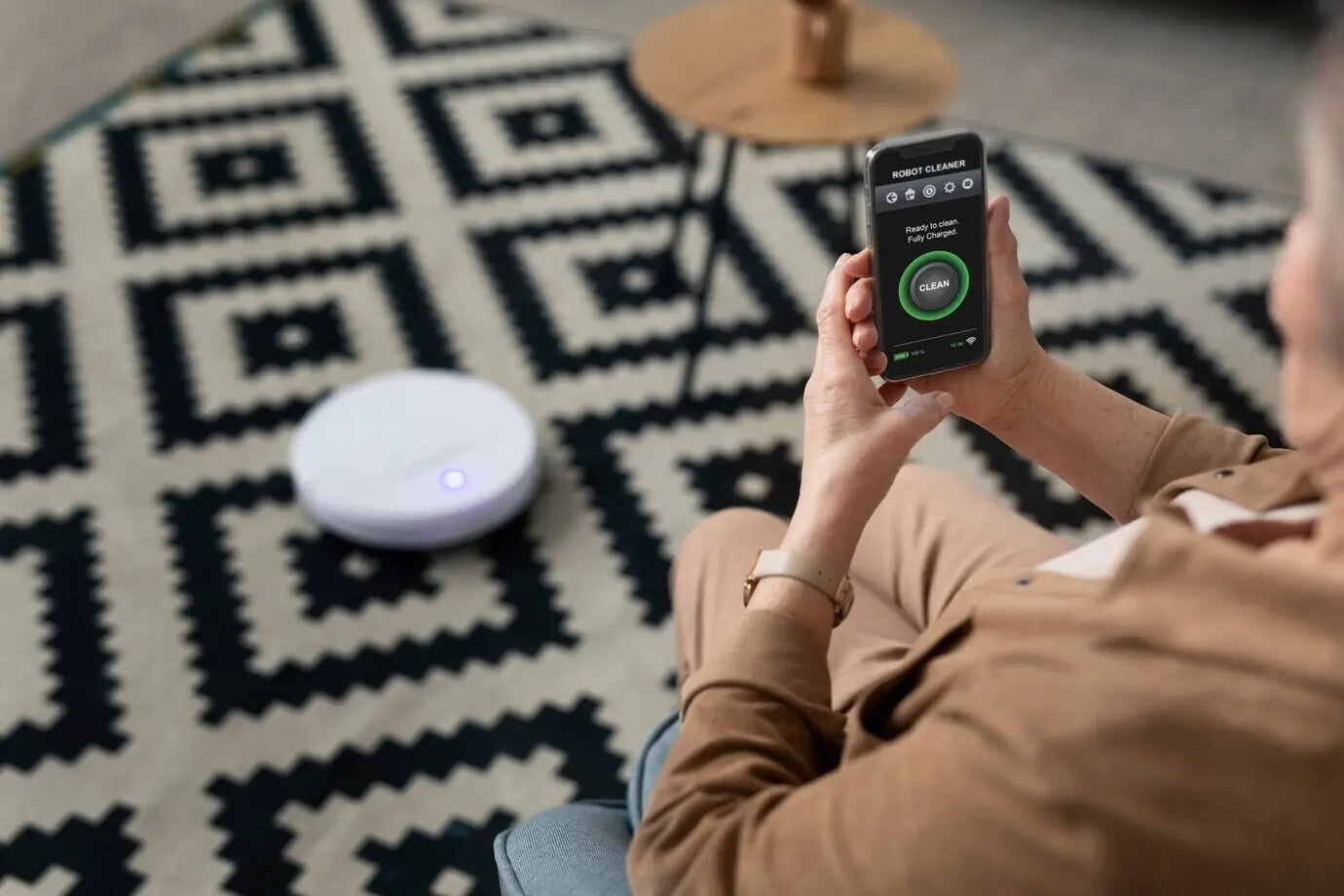
Adaptive Rules That Learn
Learning does not require surrendering control. Start with schedules, then let the system suggest small optimizations based on comfort confirmations, windows opened, or energy prices. Keep every suggestion explainable and reversible. For example, move preheat earlier during cold snaps, or cap brightness on sunny mornings. Over time, these refinements accumulate into noticeable comfort and savings, while preserving clear manual overrides for guests and special occasions.
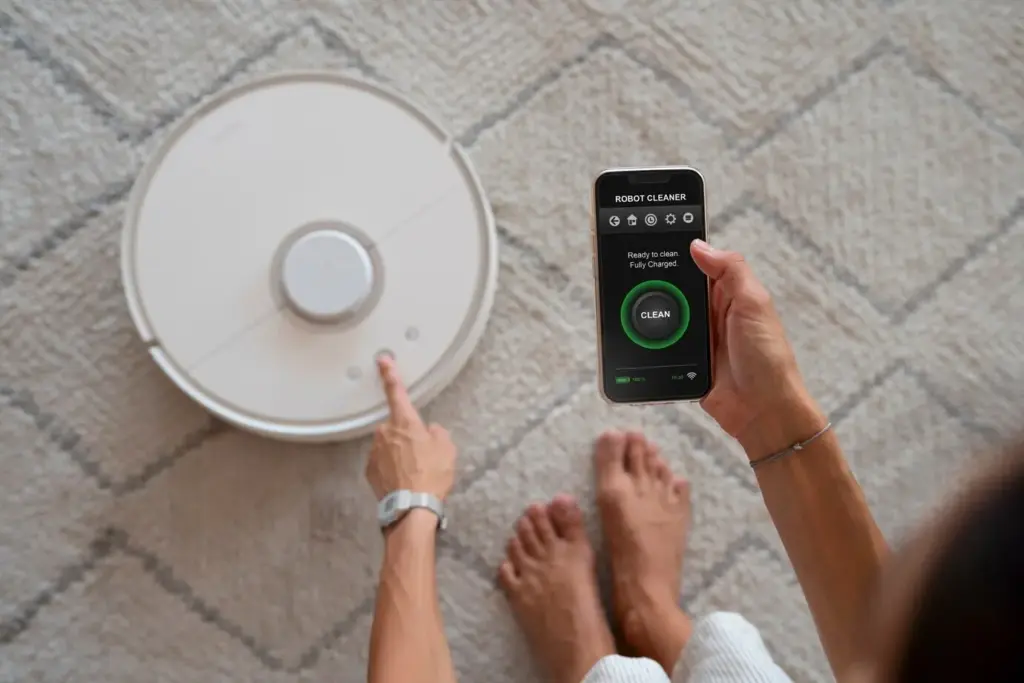
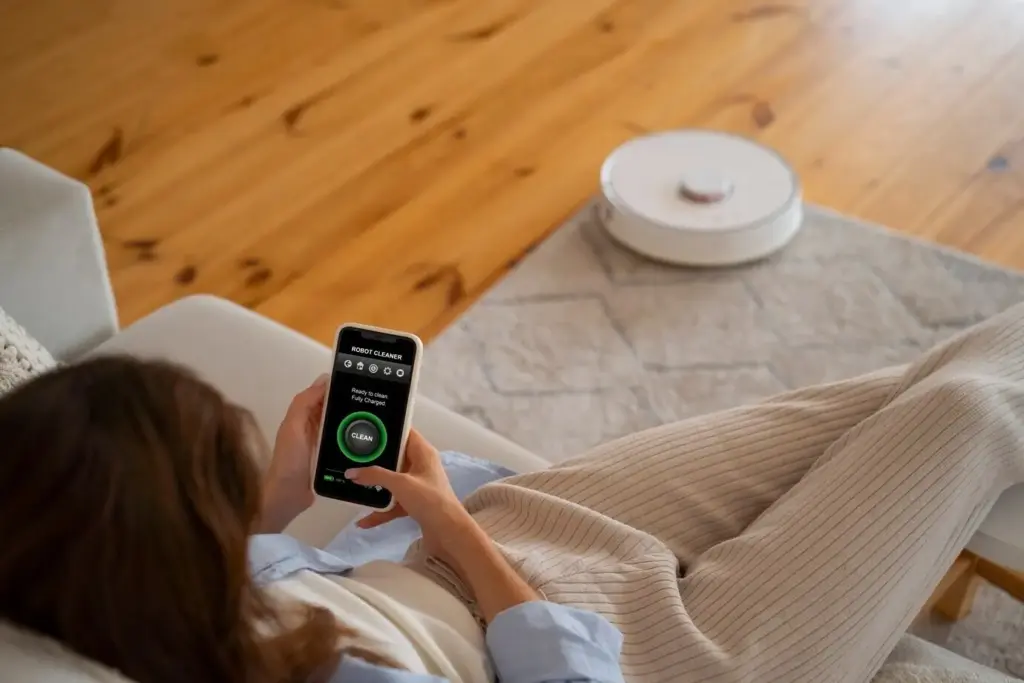
Hardware Selection and Placement
Privacy, Security, and Compliance
Protecting the Home Network
Segment lighting, climate, and security devices from laptops and media with VLANs or separate SSIDs. Use WPA3, disable insecure protocols, and rotate unique credentials. Centralize updates through the controller, and schedule maintenance windows. Add DNS filtering, intrusion alerts, and a firewall that understands device categories. These steps reduce blast radius, simplify troubleshooting, and keep critical automations available even when one gadget misbehaves or needs replacement.
Data Minimization, Big Peace of Mind
Collect only what you need to deliver comfort and safety. Prefer local video storage with hardware encryption, and enable end‑to‑end options like HomeKit Secure Video where applicable. Set retention by room, redact sensitive areas, and mute microphones on schedules. Offer a privacy dashboard for household members. Transparent controls build trust, reduce exposure, and make it easier to comply with regional regulations without paralyzing useful features or insights.
Regulatory and Insurance Considerations
Building codes, low‑voltage regulations, and monitoring rules vary by region. Verify power supply sizing, labeling, and enclosure clearances; document smoke and CO integration; and confirm standby time on security batteries. Some insurers discount professionally monitored systems with flood or freeze sensors. Keep a simple binder with model numbers, firmware, and test records. When claims arise, good documentation shortens conversations and demonstrates diligent maintenance and safe operation.
Installation, Commissioning, and Maintenance

All Rights Reserved.